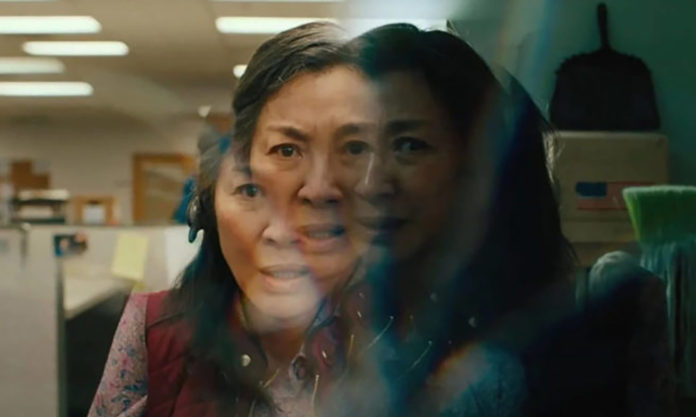In an article for ScreenCraft, Britton Perelman examines how the film Everything Everywhere All at Once gets the multiverse right. “The concept of the multiverse is the idea that there are an infinite number of universes outside of our observable one,” Perelman explains. “These other universes contain infinite versions of our universe, in which every possibility of every conceivable event, choice, action, or scenario is played out.”
In many cases, film, books, and comics use the multiverse as a plot device, allowing characters to meet different versions of themselves, but they rarely delve into deeper concepts. “Loki may flit around the many universes and end up meeting a version of himself that’s a crocodile, but he never has to deal with the existential, philosophical repercussions of the multiverse,” Perelman says.
In contrast, Everything Everywhere All At Once uses the multiverse as a metaphor and a method to explore and complicate its characters’ emotional arcs. During an interview, writer/director Daniel Kwan said that the problem with the multiverse concept is a lack of stakes. If there are an infinite number of worlds with infinite versions of a beloved character, why should an audience care what happens to just one of them?
In Everything Everywhere All At Once, the filmmakers focus on a single family and use the multiverse as a metaphor for everything in life that pulls people in different directions, pulling their attention away from friends, family, and the things that really matter. Perelman says this was the right approach. “They looked at the infinite, incredibly personal chaos the multiverse presents when added to any story and actually followed that thread to an emotional conclusion,” she writes. “By embracing the multiverse as a metaphor, they were able to inextricably tie this device to the theme of their story and say something bigger, something endlessly meaningful.”












